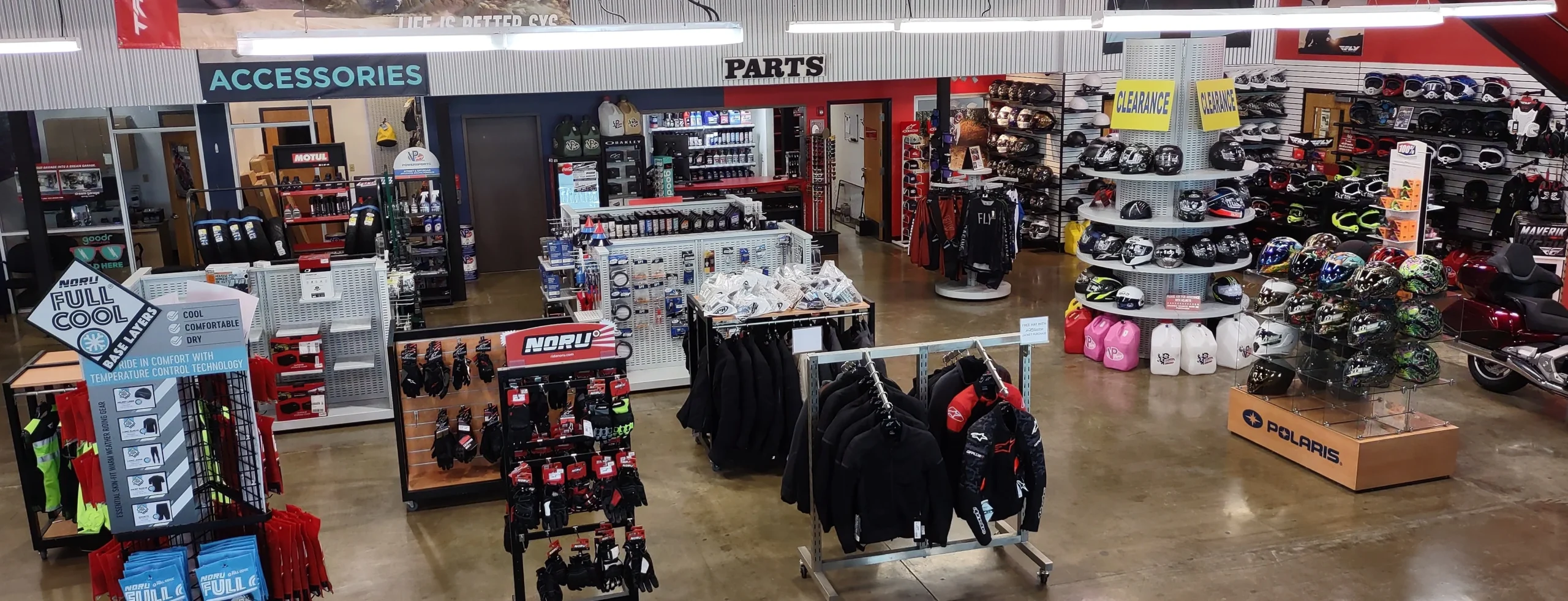Mastering Bike Gears: Just How to Maximize Your Riding Experience
In the world of motorcycling, grasping the art of gear manipulation is critical for enhancing your riding efficiency. Appropriately comprehending and using motorcycle gears can dramatically impact velocity, gas, and control performance, changing a typical adventure into a seamless, exciting journey. By incorporating precise shift timing and adapting equipment choice to numerous roadway problems, cyclists can guarantee optimum engine performance and safety. The subtleties of clutch control, throttle coordination, and gear mechanics bid a deeper exploration, assuring to unlock the full capacity of your maker. Just how can these techniques be harnessed to truly maximize your riding experience?
Recognizing Equipment Mechanics
At the core of motorcycle characteristics, equipment mechanics play a crucial duty in transforming engine power right into activity, inevitably dictating speed and control. The gear ratios, very carefully developed, establish the partnership in between engine transformations and wheel turns, influencing acceleration and gas efficiency.
Understanding equipment technicians starts with recognizing the significance of the gearbox, which houses multiple gears of varying dimensions. These equipments connect via a procedure known as meshing, where teeth of various gears involve to transfer power.
Furthermore, the principle of gear shifting is important to optimizing efficiency. Smooth and prompt changes ensure that the engine operates within its ideal power band, protecting against unnecessary stress and boosting longevity (motorcycle shop). By understanding these mechanical ins and outs, bikers can attain an unified blend of effectiveness, power, and control, boosting their riding experience
Timing Your Shifts
Change timing proficiency is crucial for maximizing bike performance and improving the riding experience. Appropriately timed shifts guarantee that the engine runs within its ideal power band, which is essential for keeping control, attaining smooth acceleration, and making sure the longevity of the motorcycle. Bikers have to establish an intuitive feeling of when to shift gears, which entails recognizing the connection between engine changes per min (RPM) and rate.
To master shift timing, pay very close attention to the engine's audio and really feel, as these offer important ideas about when to alter gears. The suitable change factor generally occurs when the engine approaches the top variety of its power band without reaching the redline. Changing prematurely can lead to a lack of power, while moving also late may create unneeded engine pressure
Additionally, road conditions and riding design impact shift timing. In contrast, during freeway riding, less shifts at greater speeds can be extra suitable.
Enhancing Fuel Performance
While understanding motorbike gears is important for efficiency, enhancing gas performance is just as important for both environmental and economic factors. Optimal gas consumption not just decreases operational expenses yet additionally decreases the eco-friendly impact of riding. To achieve this, one must recognize the complex partnership between equipment option and engine efficiency.
Riding in a greater equipment at reduced rates can lead to engine lugging, which is damaging to both gas economic situation and engine health. Alternatively, riding in lower equipments at high rates best motorcycle seat cushion results in unneeded fuel usage.
Furthermore, regular upkeep plays a pivotal role in gas efficiency. Guaranteeing that the bike is well-tuned, with tidy air filters and properly inflated tires, can boost the rules of aerodynamics and minimize gas wastage. Furthermore, adopting a riding style that embraces steady velocity and smooth deceleration can add to much better fuel economy.

Strategies for Smooth Transitions
Attaining smooth equipment shifts is basic to enhancing the riding experience and making sure the longevity of a motorcycle's transmission system. Correct equipment changing not only contributes to a smooth ride but also reduces wear and tear on the mechanical parts. To master the art of smooth shifts, motorcyclists have to concentrate on a couple of key strategies.

Secondly, clutch control plays a pivotal role. Involving and disengaging the clutch smoothly calls for technique. The clutch bar need to be released gradually, allowing for a smooth transfer of power from the engine to the wheels without creating a shock or abrupt movement.

Adapting to Road Problems
Browsing diverse roadway conditions is an important skill for any kind of motorcyclist aiming to keep control and security. Whether you're riding on damp surface areas, crushed rock roadways, or browsing sharp turns, your capability to adapt your equipment use and riding technique is extremely important. Comprehending exactly how to adjust your gears appropriately can dramatically impact traction and stability, making sure a much safer trip.
In comparison, when riding on gravel or irregular terrain, lower equipments are preferable. Reduced gears provide better control and permit you to react more promptly to unanticipated adjustments in the road surface.
Sharp contours demand exact gear monitoring to balance rate and control. Downshifting prior to helpful resources going into a contour can assist maintain energy while making certain the motorbike continues to be stable throughout the turn. Consistent practice in different conditions enhances your capacity to respond and forecast to modifications in see this page road appearance and slope.
Conclusion
Grasping bike equipments substantially enhances the riding experience by improving gas, acceleration, and control efficiency. A thorough understanding of equipment auto mechanics and accurate change timing ensures the engine runs within its optimum power band, while smooth shifts with effective clutch and throttle control boost convenience and efficiency. Adapting gear option to various road problems, such as making use of greater equipments on damp surfaces and lower equipments on crushed rock, further improves handling and safety and security. Ultimately, these skills elevate the overall trip.
Recognizing equipment auto mechanics starts with recognizing the relevance of the gearbox, which houses numerous equipments of differing dimensions. These gears connect through a procedure understood as meshing, where teeth of different equipments engage to transmit power (motocross gear nz). Mild changes to the throttle during gear changes can prevent jerky movements and keep a consistent riding pace
Whether you're riding on wet surfaces, crushed rock roadways, or navigating sharp turns, your ability to adapt your equipment use and riding strategy is paramount. Adjusting equipment selection to numerous road conditions, such as making use of higher equipments on wet surfaces and reduced gears on crushed rock, more boosts handling and safety.